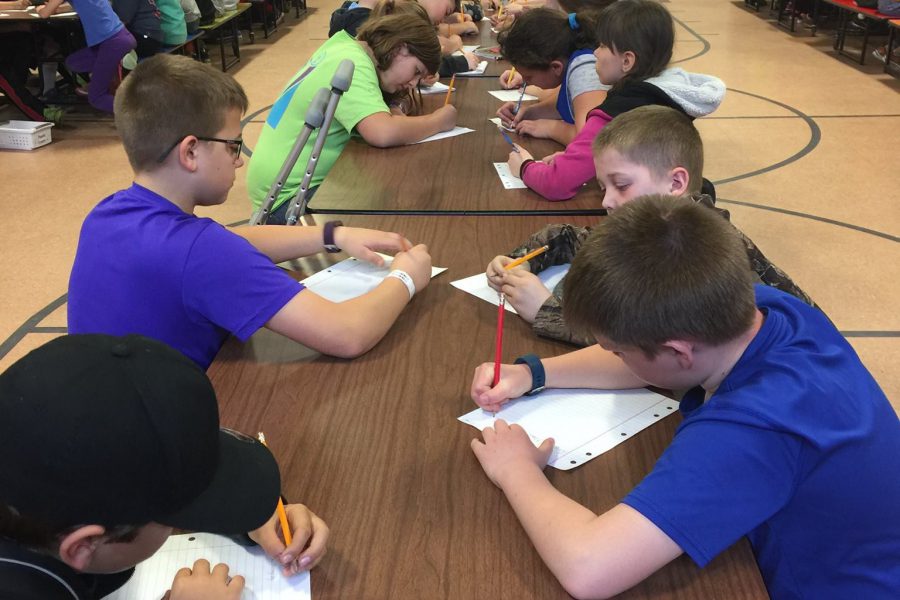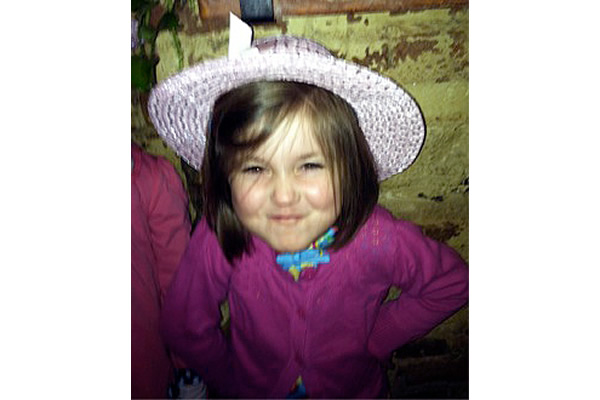
What do shipwrecks, flying pigs, and talking fruit have in common? There were all featured in story submissions for the Vermont PBS Kids’ annual Writing Contest, which I had the pleasure of judging last week.
Last Friday, I joined nine other writers, librarians, and members of educational non-profits at Vermont’s PBS headquarters in Colchester to review 106 compelling stories written and illustrated by talented students from all over the state. The winners will be invited to read their submissions and have them played on the VT PBS channel, as well as at statewide story times. There will also be a fun award ceremony at PBS in Colchester, VT on June 3 to celebrate and award trophies and special prizes.
This year, the contest was expanded to include fourth and fifth graders’ stories, in addition to the usual kindergarten-through-third-grade entries. The young writers were encouraged to include illustrations with their stories (50-450 words, depending on their grade level).
Patterns emerged through these stories, in theme but also in structure, which revealed the kinds of stories familiar to their young authors. This reinforced the oft-cited concept that your writing is heavily influenced by what you read. That, more than any writing class, workshop, or conference you can attend, reading widely (and that includes listening to stories read out loud or on audiobooks), makes you a better writer, and a better communicator in general.
The top kindergarten selections, while unique, all followed the general story structure of a quest, a journey to find an answer or solution, while meeting new friends and colorful characters along the way. These are the types of stories prevalent in picture books and stories designed for that age group. While many of the kindergarten submissions had help from an adult to actually write the text, the authors were already demonstrating their understanding of the story structure of the books they were reading or listening to.
As the grade levels increased, so did the sophistication of language, dialogue, and narrative style, and the apparent influence of the types of stories these students are engaging in. The winning first-grade story, “The Three Little Pigs Have a Snow Day,” drew inspiration from a familiar tale while incorporating an aspect of life with which Vermont students are very familiar – the coveted snow day; There were quite a few snow day stories from all ages. The top second grade stories both featured a unique individual seeking acceptance or community – a dragon who lives in the Grand Canyon and makes new friends, and a pig who is determined to fly (That one’s titled “Flap, Flap, Bam.” Spoiler alert: It doesn’t go well). The third-grade winners featured adventures that fostered appreciation for nature. In fact, nature, the environment, and the joy of spending time outside were popular themes throughout all age groups. Snow was an important element of many stories. These young writers pulled from what they know, and used elements from their own lives (e.g. school, chores, pets, family vacations) and infused them with imagination.
The stories became significantly more complex in plot, structure, and style once we got to fourth grade. The winning submission, “Pen Pal Scrapbook,” was a funny, witty series of letters and drawings between two fruit pen pals that showed understanding of letter-writing, as well as story. The types of questions the young fruits asked each other and the ways their friendship progressed suggested that the author/illustrator had had a pen pal, or at least, had a good sense of the kinds of biographical questions often used to get to know someone (complete with pet grubs and composting as a favorite activity). At the end, the story moved past the letter-writing format and the characters met in a scene. This well-thought-out piece was further enhanced with creative drawings, and was one of several submissions that were as impressive for their visual art as they were for their story.
The winning fifth-grade submission also used illustrations in a creative way to enhance the story through post-cards detailing a family vacation in Thailand in December of 2004 that ended in disaster when the tsunami struck. The author, though not yet alive at the time of this horrific event, incorporated recent history into what starts out as a fun family trip to the beach. The title, “Seagull’s Cry,” was a careful choice that marked the moment the family learned something was wrong and their trip took a turn for the worse, signified by a seagull’s cry of terror as the water rises. All of the judges were blown away by the maturity of this story, its writing, and the layer of storytelling demonstrated through choices such as the title and illustrations.
The sudden shock ending seemed popular with the older age group, as did dramatic stories of magic and life-threatening disasters. There also tended to be more of a paragraph structure than a single or few lines on a page, and sections broken into chapters with titles indicating plot lines. Again, I could see the influence of the types of books these young writers had read and which are popular for their age group – more chapter books and plot twists, character transformation and resolution, and, in several cases, an open question at the end leaving room for a sequel.
Not only was I impressed with the originality of the submissions I read, and the incredible amount of thought and work that went into each of them, but I could directly see a link between the stories these young writers had read and their own stories. It goes to show that reading and writing really do go hand-in-hand.
Congratulations to all the young writers who were brave enough to share their work! I highly encourage you to check out these talented young writers’ work on PBS.
Do you have a young reader and writer in your life? Check out Stone Soup, a creative writing magazine for and by kids. The Young Writers Project is also a fantastic resource, with daily challenges and prompts and opportunities for sharing original work. And, of course, encourage them to submit to next year’s PBS Kids’ Writing Contest!
Erika Nichols-Frazer is CLiF’s Communications Manager, as well as a writer and current fiction student at Bennington Writing Seminars’ MFA Program. She has taught fiction and poetry, and her work has appeared in Runaway Parade, Haggard & Halloo, Please Do Not Remove: A Collection Celebrating Literature and Libraries, and elsewhere. She lives in Waitsfield, VT with her husband, dogs, and chickens.



